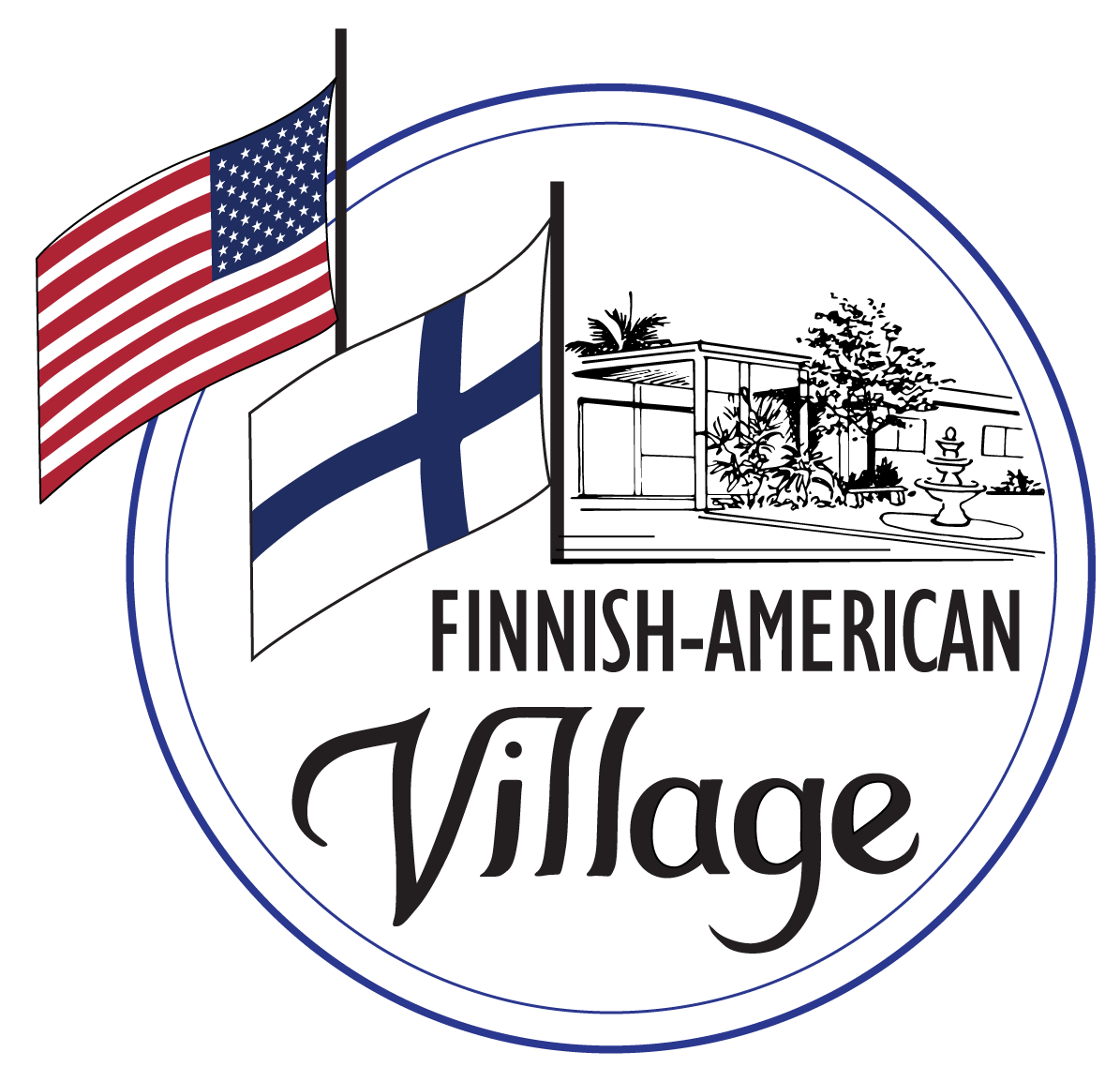Fun Facts You May Not Know About Finnish-Americans…
Finnish Americans may be a small portion of the American population, yet they have made a huge impact on American culture. Here are just a few ways…
1. Architecture and Design
Finnish architect Eero Saarinen left an indelible mark on American architecture with his innovative designs, such as the Gateway Arch in St. Louis and the TWA Flight Center at JFK Airport. His use of organic, flowing forms brought a modern aesthetic to American public spaces. Another Finnish-born architect, Eliel Saarinen, influenced American architecture and design education, especially through his role at the Cranbrook Academy of Art, where he mentored numerous future design leaders.
2. Music and Performing Arts
Finnish Americans have influenced American music, especially classical and orchestral traditions. Finnish conductor Esa-Pekka Salonen, known for his dynamic, forward-thinking approach to conducting and composition, served as music director of the Los Angeles Philharmonic, enhancing the orchestra's reputation and audience appeal. The Sibelius Society of North America, named after renowned Finnish composer Jean Sibelius, also promotes Finnish music and culture, further enriching the American classical music landscape.
3. Social Values and the Concept of “Sisu”
Finnish Americans have introduced the idea of sisu, a Finnish term embodying resilience, determination, and inner strength. This value resonates strongly in American culture, especially in contexts of personal grit and overcoming adversity. Sisu has found its way into motivational and leadership contexts, representing a powerful approach to challenges, particularly in communities with a Finnish heritage like the Upper Midwest, where Finnish Americans settled and thrived.
4. Sauna Culture
Finnish Americans popularized the sauna in the United States, particularly in states with large Finnish populations, like Minnesota and Michigan. For Finnish Americans, the sauna is not only a place for relaxation but a practice rooted in tradition, health, and social connection. The influence of Finnish sauna culture has expanded beyond these states and is now enjoyed by people across the country, contributing to wellness trends and the growth of spa and relaxation practices in American life.
5. Education and Innovation
Finland’s educational philosophies, especially regarding early childhood education, have gained international recognition and influenced American educational discussions. Finnish Americans and organizations have promoted Finnish-style education, which emphasizes creativity, play, and holistic development. The influence of Finnish educational success has sparked initiatives in the U.S. to adopt similar approaches, particularly in progressive school models.
In summary, Finnish Americans have enriched American culture across various domains by introducing influential values, practices, and innovations that continue to shape architecture, arts, wellness, and education in the United States.
Finns first arrived in the US in 1638 as part of a Swedish colony…
New Sweden was founded along the Delaware River in the Mid-Atlantic states of Delaware, New Jersey, and Pennsylvania. The colony was populated by Finns and other Nordic immigrants until the Dutch took over the colony in 1655.
John Morton, who signed the Declaration of Independence, was a descendant of a New Sweden colonist. Martti Marttinen (anglicized to Morton) was originally from Rautalampi, Finland.
The Finns of New Sweden helped popularize the log cabin
The log cabin is one of the most well-known icons of the pioneer spirit, and it’s all thanks to Finns. The forestry expertise and building techniques of the Finnish colonists of New Sweden helped make the log cabin the must-have home of the time. The National Park Service provides an overview of Finnish log cabins and their unique construction methods, which were introduced to America through Finnish settlers in the 1600s. This rich history includes log buildings that are distinct from those of other pioneer groups and reflect techniques suited to cold climates. Even Abraham Lincoln grew up in one! The Cultural Center in New York Mills has preserved multiple Finnish log structures and provides information on Finnish-American log construction.
In 2018, the Center held a Lecture by Frank Eld (Harkonen) Finlandia Foundation National Lecturer of the Year 2018-2019: “During that migration into the US and Canada, many nationalities, including the Finnish, built log cabins. However, unlike the hastily stacked log shelters by others, the Finns built log houses, saunas and other structures which were carefully crafted in the Finnish vernacular style. Using techniques learned over centuries in the snow cold Nordic regions, these craftsmen practiced what is now a ‘lost art.’”
Frank has traveled extensively, researching and documenting original Finnish log construction in the US, Canada and Finland. He founded a museum in Roseberry, Idaho which includes 8 Finnish log structures preserved among its 25 buildings. Frank has written one book, Finnish Log Construction-The Art, and is researching a second on the subject. A retired educator and businessman, Frank devotes his time researching, writing, consulting and preservation.
There are 8 more Fun Facts you may not know about Finnish-Americans at this Link >>
Image is of a Farmhouse (foreground) and cattle barn (background right), Elias and Lisi Aho Farmstead, Skarp Road, Waasa Township, Minnesota, USA. Viewed from the west. By Wikimedia Commons User:McGhiever (2017). This is an image of a place or building that is listed on the National Register of Historic Places in the United States of America. Its reference number is 90000499. This file is licensed under the Creative Commons Attribution-Share Alike 4.0 International license.
